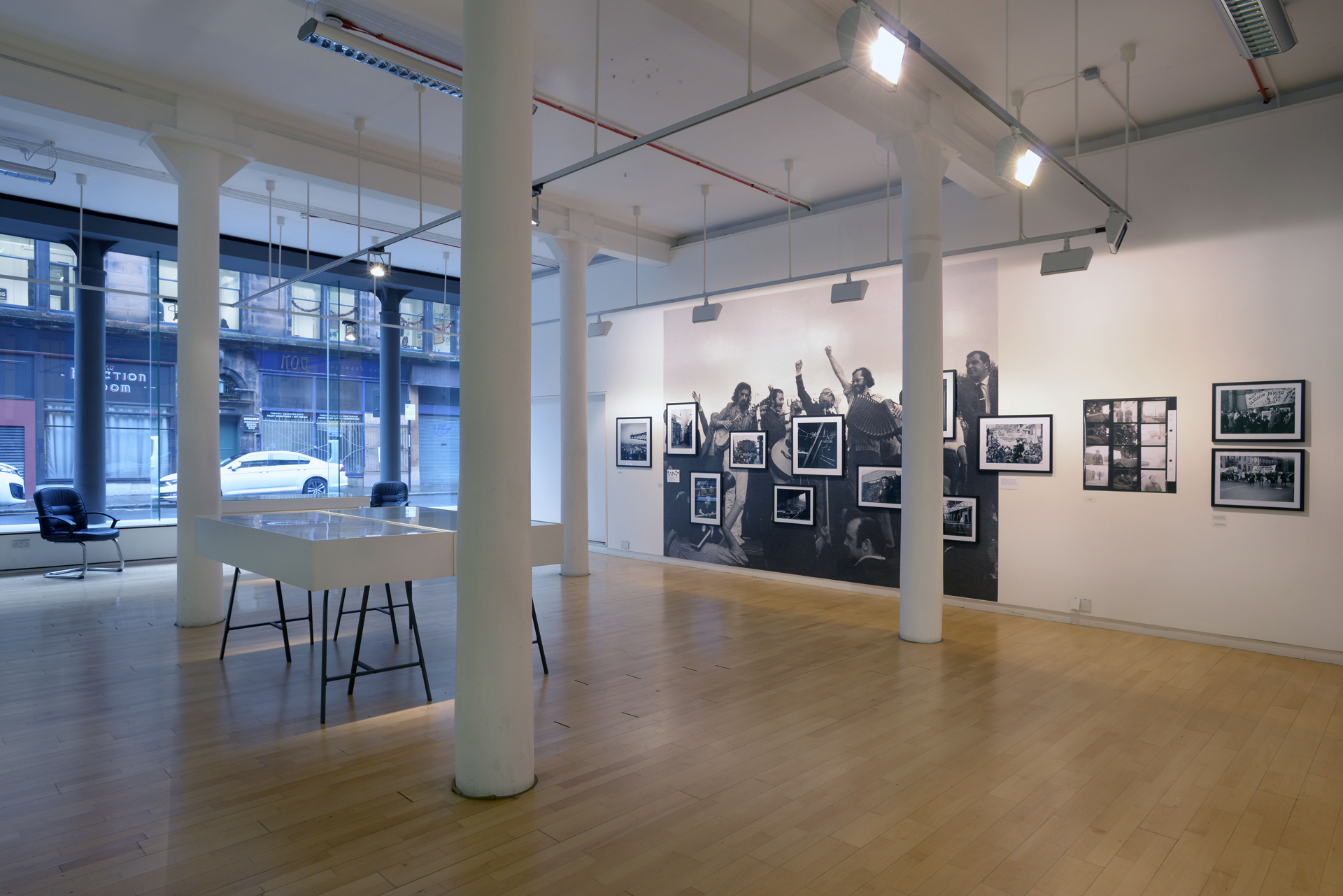One of the earliest travel photographers in Asia, John Thomson (1837-1921), who travelled extensively across China, Cambodia, Thailand and Malaysia, in the 1860s and early 1870s, is to be honoured with a commemorative plaque in the city of his birth.
Heritage Environment Scotland (HES) is to install a bronze heritage plaque to John Thomson, at his childhood home, 6 Brighton Street, Edinburgh. The Thomson family moved to live in a flat in this tenement building in 1841, when John was four years of age. John Thomson lived there until he left for Singapore in 1861. It is fitting that John Thomson is to be commemorated in this way in his home city at last – and a welcome accolade, celebrating the capital’s significant contribution to Scottish photographic history. The plaque has been supported by the house's current occupants and Edinburgh City Council which gave permission for its installation.
Thomson photographed the people, landscapes and monuments across a large part of south east Asia, resulting in an important series of books describing the places he visited and his own experiences.
Historic Environment Scotland described John Thomson as a towering figure in 19th century photograph, acclaimed for his photography in China. Betty Yao MBE commented: “John Thomson’s photographs provide a rich and lasting visual record of the Far East. They are loved, admired and appreciated by people of all ages and from diverse backgrounds.”
Terry Bennett commented: “John Thomson was a master of the art. The photos he took in the Far East set standards of excellence against which other practitioners are judged. He is particularly revered in China, where he is considered to be China’s most important nineteenth-century Western photographer. When he returned to the UK in 1872, after a ten-year tour of the East, his fame earned him the moniker of ‘China Thomson’.”
Deborah Ireland commented: “It is very fitting that the house where John Thomson lived in Edinburgh, whilst studying at the Watt Institute and School of Arts, is to be marked. He gained a life diploma there in 1858 which enabled him to attend Chemistry classes (today this institute is part of the Heriot-Watt University) and it was the knowledge he gained during this period which propelled him forth into the world to become the leading travel photographer of the Victorian age.”
Thomson was born in Edinburgh in 1837 and died in London in 1921. He is widely acclaimed as one of the best photographers of China of the period. On his return to London in 1872 he ran a successful portrait studio, gaining the royal warrant in 1881. He was a member of the Royal Photographic Society from 1879. Thomson also acted as the principal photography teacher for the Royal Geographical Society, training a new generation of travellers and explorers in photography. He was a member of the Royal Photographic Society from 1879.
His most important publications were Illustrations of China and Its People (1873/4) and Street Life in London (with Adolphe Smith, 1877). John Thomson retired in 1910 and spent most of time in Edinburgh where he continued to write about photography. He died in London in 1921 and his grave was recently restored,
It is hoped that a formal unveiling will be held later this year.

